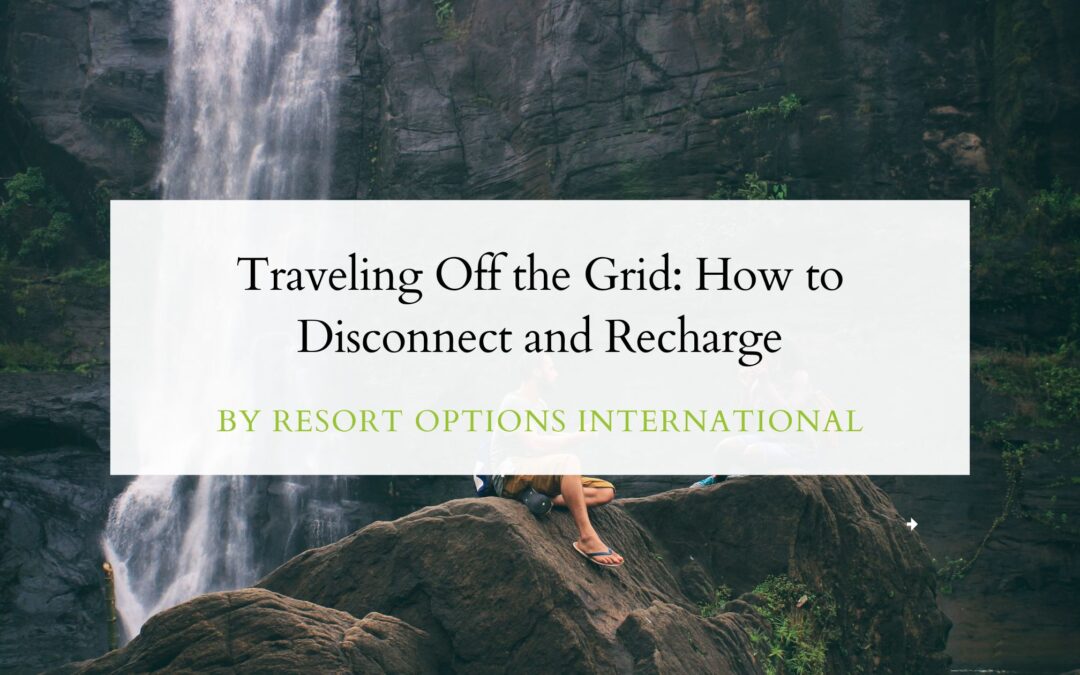In our hyper-connected world, it’s easy to feel overwhelmed by the constant barrage of notifications, emails, and updates. For many, the idea of truly disconnecting seems nearly impossible. However, traveling off the grid offers a chance to break free from the digital noise, reconnect with nature, and recharge both mind and body. Here’s how you can plan an off-the-grid adventure that allows you to unwind truly.
Choosing the Right Destination
The first step in going off the grid is finding a destination encouraging disconnection. Look for remote locations with limited cell service or Wi-Fi access. National parks, secluded cabins, and wilderness retreats are excellent options. Consider destinations like Alaska’s Denali National Park, the Australian Outback, or Patagonia’s Torres del Paine. These areas offer stunning natural beauty and create an environment where it’s easier to step away from technology.
Packing for an Off-the-Grid Trip
When traveling off the grid, packing the right gear is crucial. Start with essentials like a reliable map, compass, or GPS device (that doesn’t require internet access). Add lightweight camping gear, appropriate clothing for the weather, and a first-aid kit. Solar chargers or power banks can power devices like flashlights and cameras without relying on outlets.
Bring books, journals, or sketchpads to engage your mind without screens for entertainment. To minimize your environmental impact, remember reusable water bottles, portable water filters, and eco-friendly toiletries.
Setting Boundaries with Technology
Going off the grid doesn’t necessarily mean leaving all technology behind, but it does require intentional boundaries. Before your trip, inform close friends and family about your plans and provide them with emergency contact information if needed. Set up an out-of-office reply for work emails to avoid distractions. Once you’ve reached your destination, please turn off your phone or switch it to airplane mode. Use it sparingly for essential tasks like navigation or photography.
Embracing the Experience
The key to a successful off-the-grid adventure lies in fully embracing the experience. Take time to connect with your surroundings. Whether hiking through dense forests, kayaking on serene lakes, or simply stargazing, immerse yourself in nature’s beauty. These activities provide physical benefits and help reduce stress and improve mental clarity.
Practice mindfulness by focusing on the present moment. Without the constant pull of notifications, you can better appreciate the sights, sounds, and sensations around you. Journaling your thoughts or sketching the landscape can deepen your connection to the experience.
Reflecting on the Benefits
Traveling off the grid offers more than just a temporary escape from technology. It’s an opportunity to reset your priorities, strengthen your connection with the natural world, and foster personal growth. Many travelers feel more creative, refreshed, and centered after an off-the-grid trip.
Final Thoughts
Incorporating off-the-grid travel into your routine doesn’t have to be a one-time event. Even short weekend getaways can provide a much-needed break from the demands of daily life. By planning thoughtfully and embracing the journey, you’ll return home with a renewed sense of purpose and a deeper appreciation for the simpler things in life.

